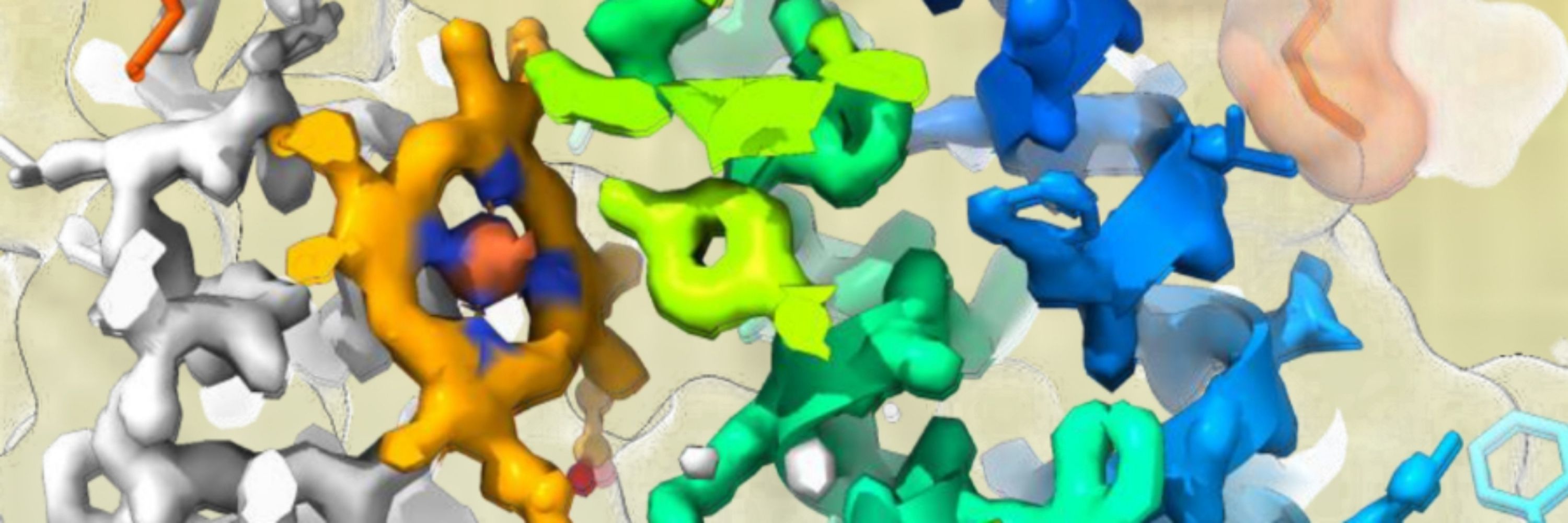
www.nature.com/articles/s41...
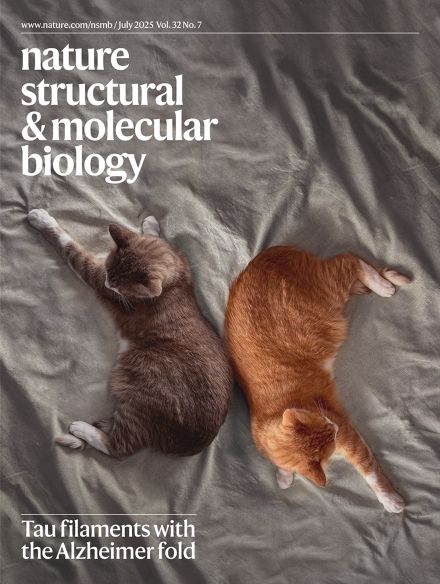
the human gap junction at 14 Å resolution using cryo-ET.
The structure provides a blueprint for investigating how connexin
regulation shapes intercellular communication in health and disease.
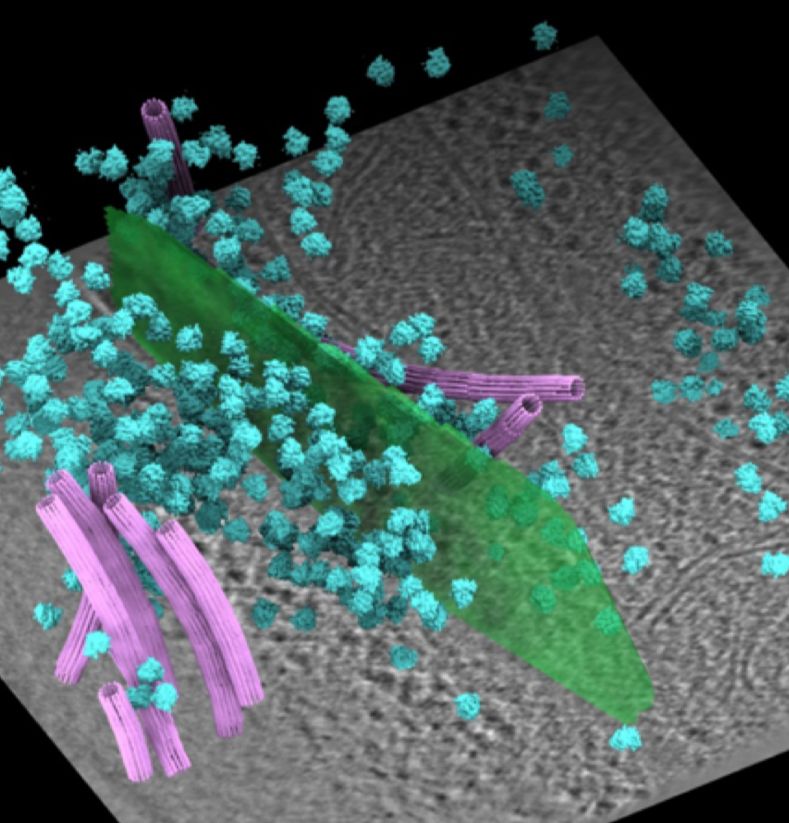
the human gap junction at 14 Å resolution using cryo-ET.
The structure provides a blueprint for investigating how connexin
regulation shapes intercellular communication in health and disease.
Variable-temperature electrospray ionization can help with that!
Jan Fiala’s and my postdoc work in the lab of @hecklab.bsky.social was just published! 🥳🥳🥳
pubs.acs.org/doi/10.1021/...
1/3

Variable-temperature electrospray ionization can help with that!
Jan Fiala’s and my postdoc work in the lab of @hecklab.bsky.social was just published! 🥳🥳🥳
pubs.acs.org/doi/10.1021/...
1/3
www.nature.com/articles/s41...
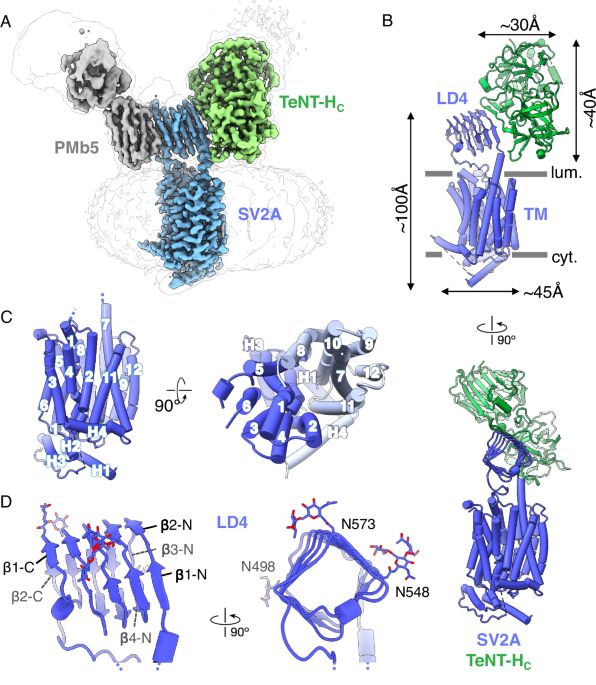
www.nature.com/articles/s41...

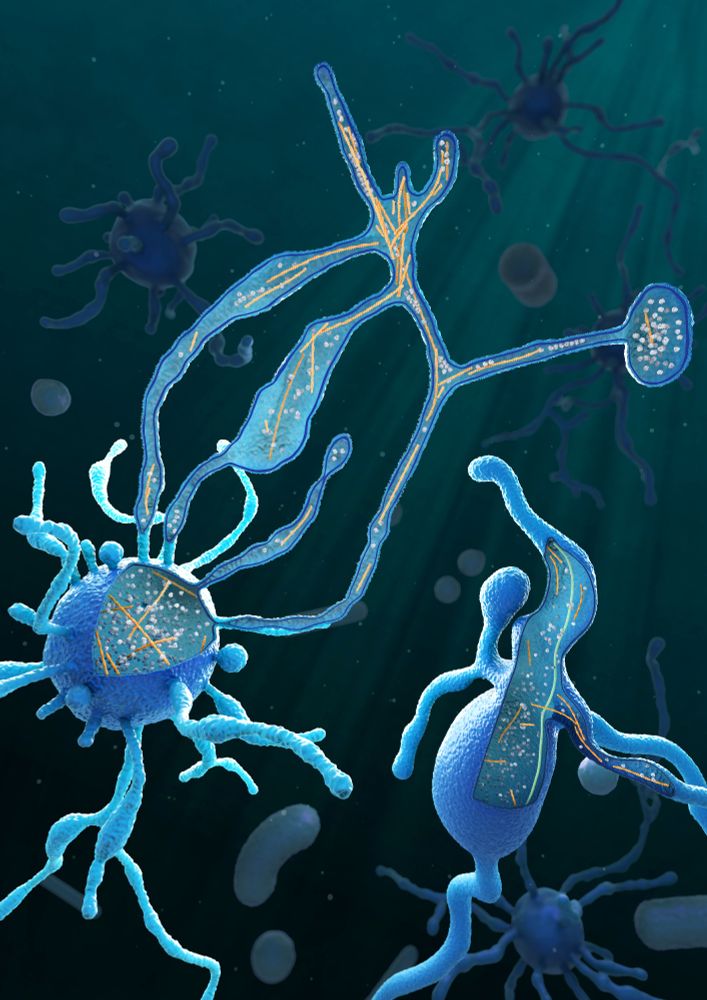
biopatrika.com/academia/res...

biopatrika.com/academia/res...
Coming to homebrew and flatpak soon!
- Clark & Labute comes to Coot 1, Moorhen & chapi!
(svg, 2D ligand environment view)
- Solid Symmetry (symmetry that you can see!)
- PAE plot for AlphaFold models
#coot
#molmatinf
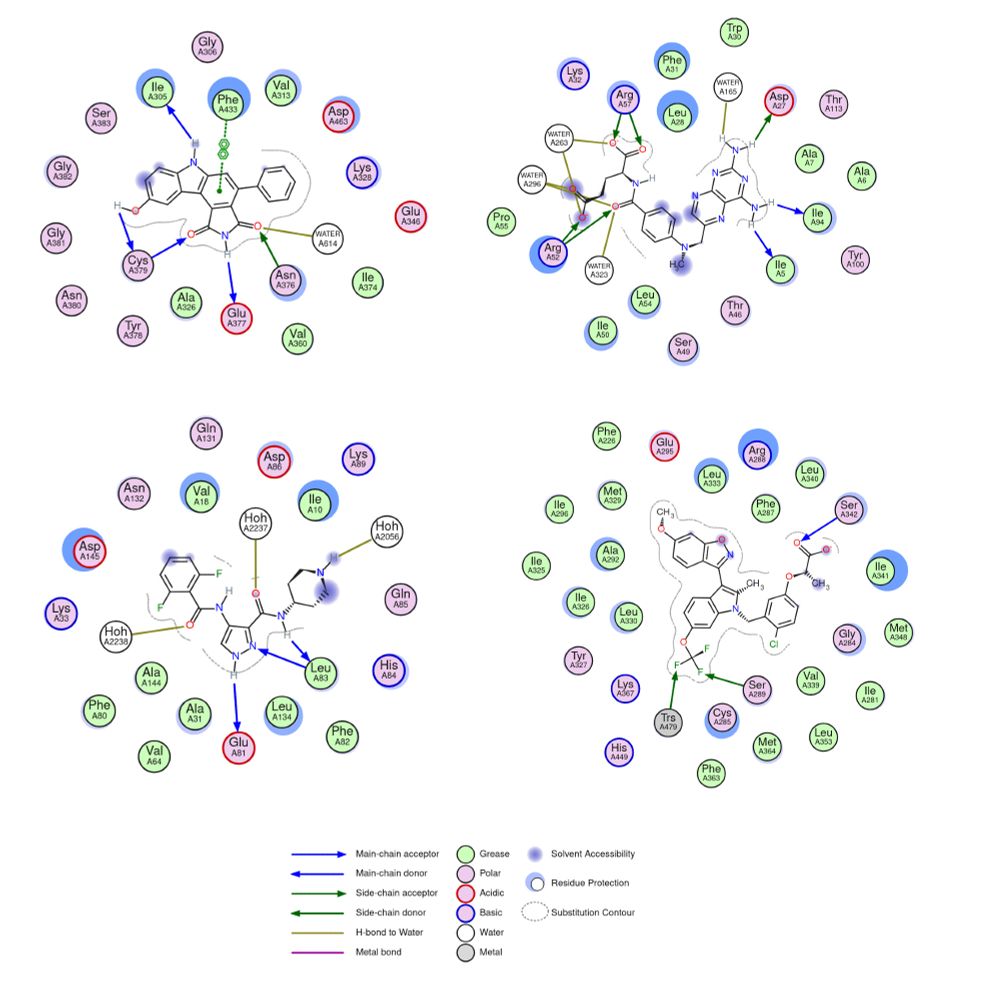
Coming to homebrew and flatpak soon!
- Clark & Labute comes to Coot 1, Moorhen & chapi!
(svg, 2D ligand environment view)
- Solid Symmetry (symmetry that you can see!)
- PAE plot for AlphaFold models
#coot
#molmatinf
@naturesmb.bsky.social Natural Structure & Molecular Biology, we show tau filaments show Alzheimer fold in mutants V337M and R406W.
thanks @sjorsscheres.bsky.social and Michel Goedert's support. 🥳
rdcu.be/edqzW
rdcu.be/edoGv
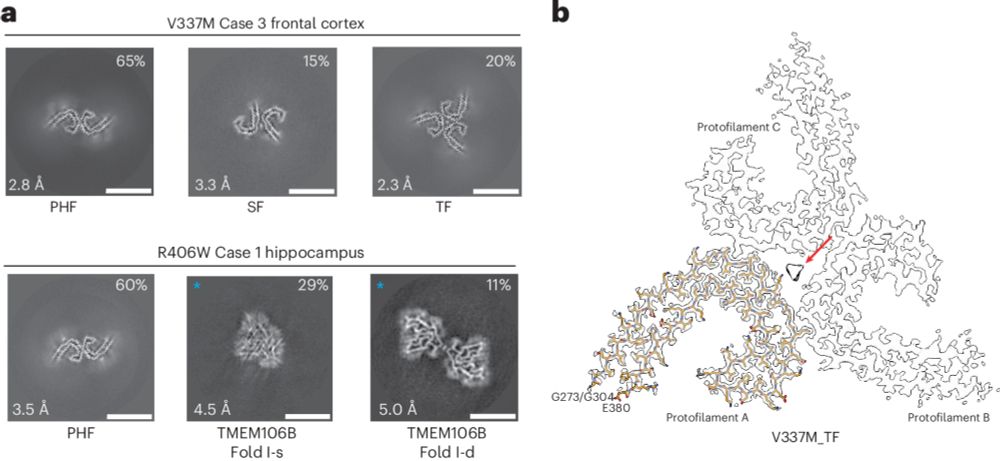
@naturesmb.bsky.social Natural Structure & Molecular Biology, we show tau filaments show Alzheimer fold in mutants V337M and R406W.
thanks @sjorsscheres.bsky.social and Michel Goedert's support. 🥳
rdcu.be/edqzW
rdcu.be/edoGv
With @saureli.bsky.social @valeriorizzi.bsky.social and Nicola we used OneOPES to fully converge the free energy landscapes associated with B1AR apo/holo activation.
With @saureli.bsky.social @valeriorizzi.bsky.social and Nicola we used OneOPES to fully converge the free energy landscapes associated with B1AR apo/holo activation.
https://go.nature.com/3XMKATn

https://go.nature.com/3XMKATn
https://go.nature.com/3FqtOU4
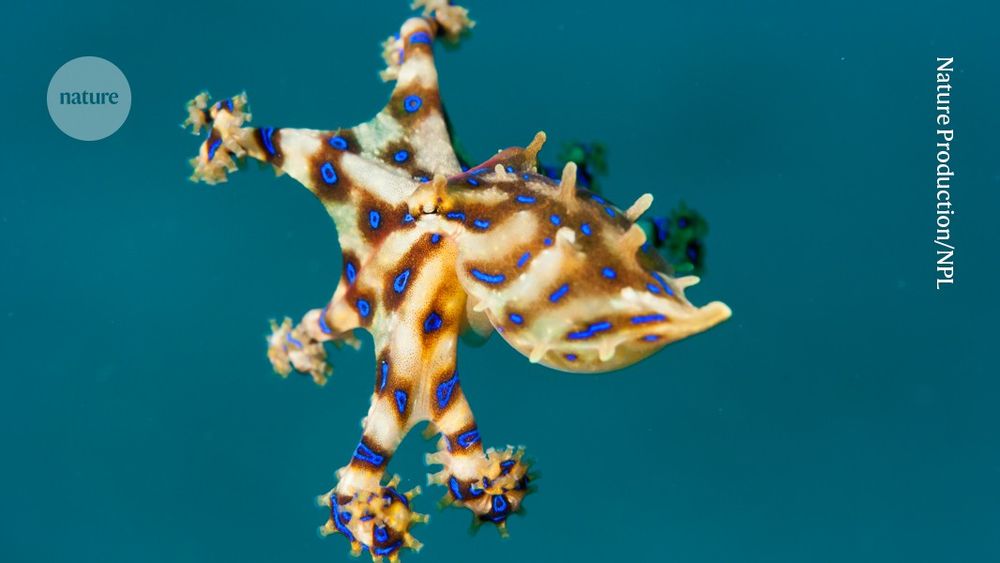
https://go.nature.com/3FqtOU4
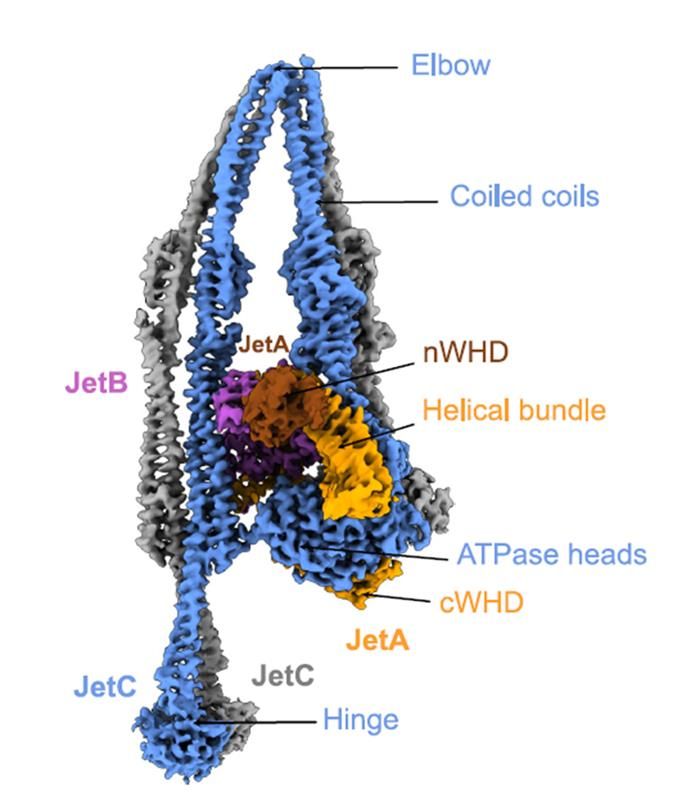

Adgrf5-EGFP-CT-IRES-CRE
GPR123- EGFP-CT-IRES-CRE
GPR124- EGFP-CT-IRES-CRE
GPR125- EGFP-CT-IRES-CRE
Gpr133-EGFP-CT-IRES-CRE
GPR156-IRES-Cre
GPR156-mGL-IRES-Cre
GPR75-IRES-Cre
Adgrf5-EGFP-CT-IRES-CRE
GPR123- EGFP-CT-IRES-CRE
GPR124- EGFP-CT-IRES-CRE
GPR125- EGFP-CT-IRES-CRE
Gpr133-EGFP-CT-IRES-CRE
GPR156-IRES-Cre
GPR156-mGL-IRES-Cre
GPR75-IRES-Cre

#Symbionts of predatory protists are widespread in the oceans and related to animal pathogens www.cell.com/cell-host-mi...
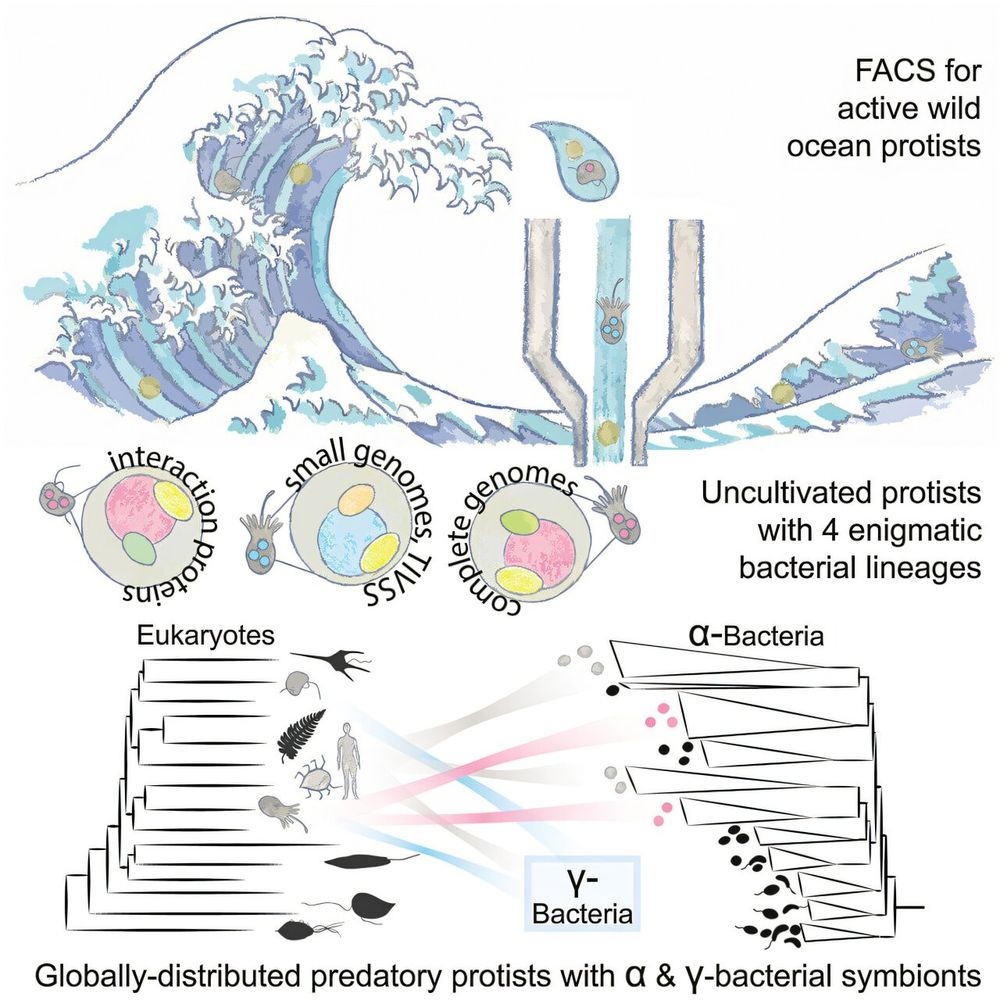
#Symbionts of predatory protists are widespread in the oceans and related to animal pathogens www.cell.com/cell-host-mi...
www.nature.com/articles/s41...

www.nature.com/articles/s41...
www.nature.com/articles/s41...
www.nature.com/articles/s41...
MISO: Microfluidic protein isolation enables single particle cryo-EM structure determination from a single cell colony
www.biorxiv.org/content/10.1...
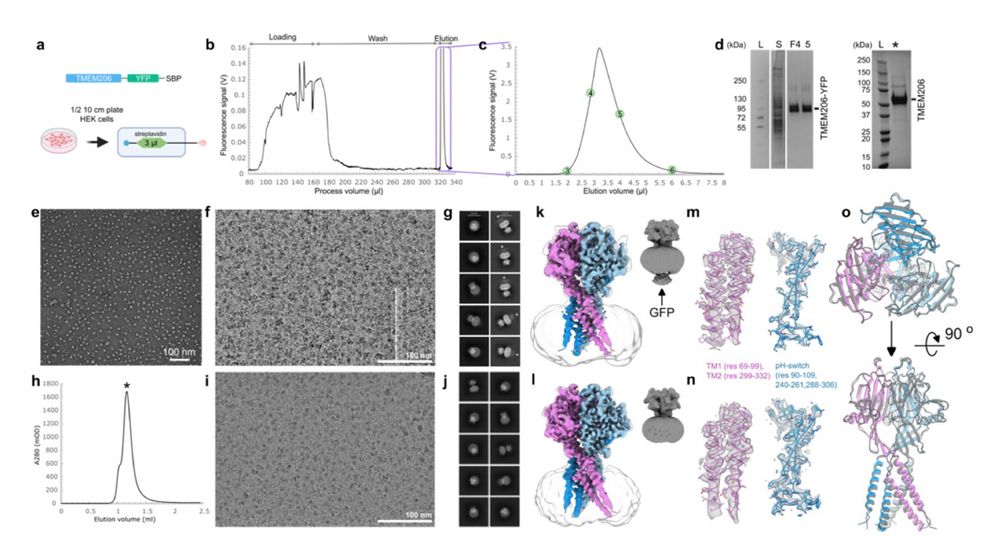
MISO: Microfluidic protein isolation enables single particle cryo-EM structure determination from a single cell colony
www.biorxiv.org/content/10.1...
Have a look at our updated #CryoSPARC Guide pages on CTF estimation! We cover intuition, theory, job types and practical considerations: guide.cryosparc.com/processing-d...

Have a look at our updated #CryoSPARC Guide pages on CTF estimation! We cover intuition, theory, job types and practical considerations: guide.cryosparc.com/processing-d...


